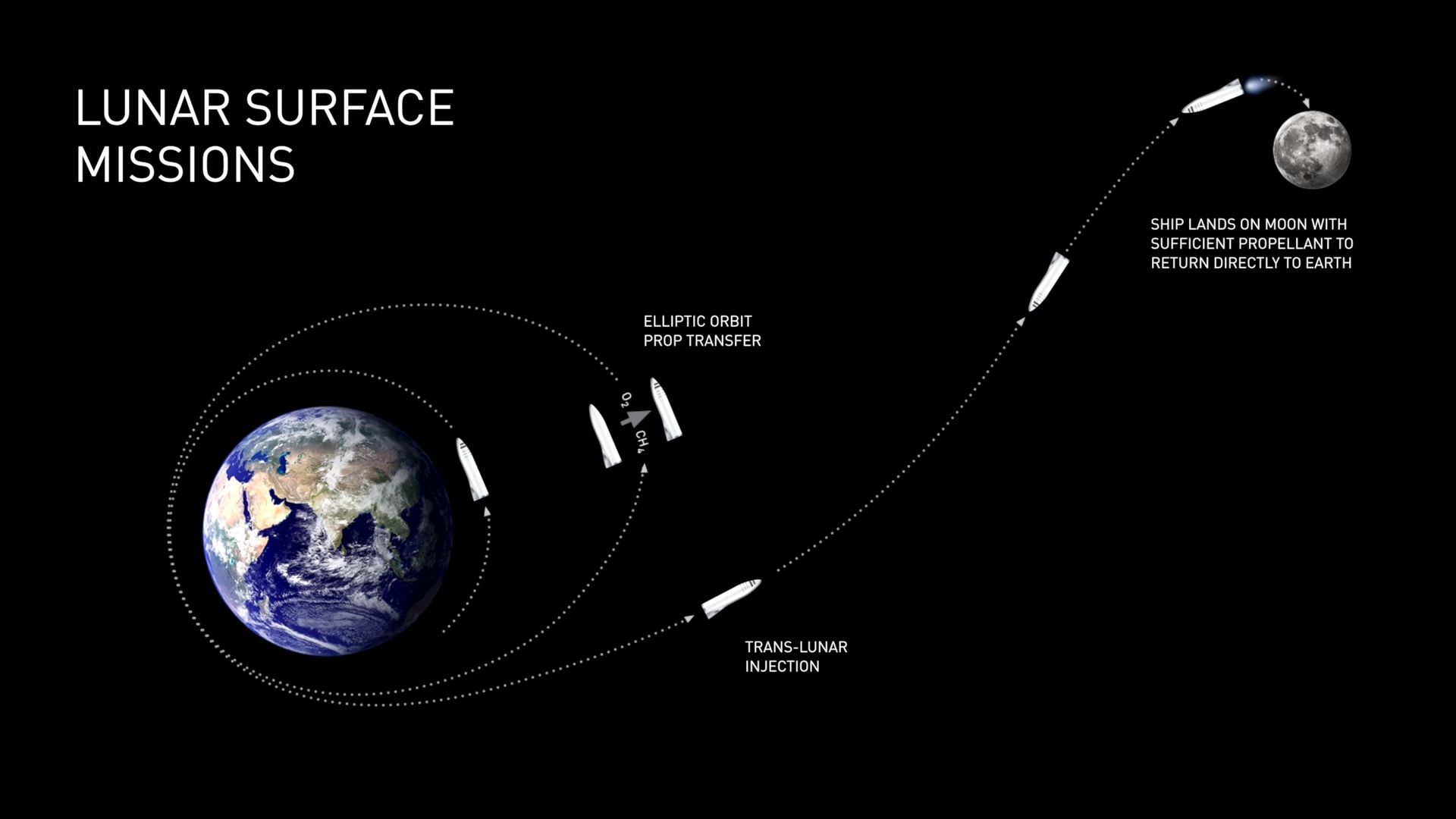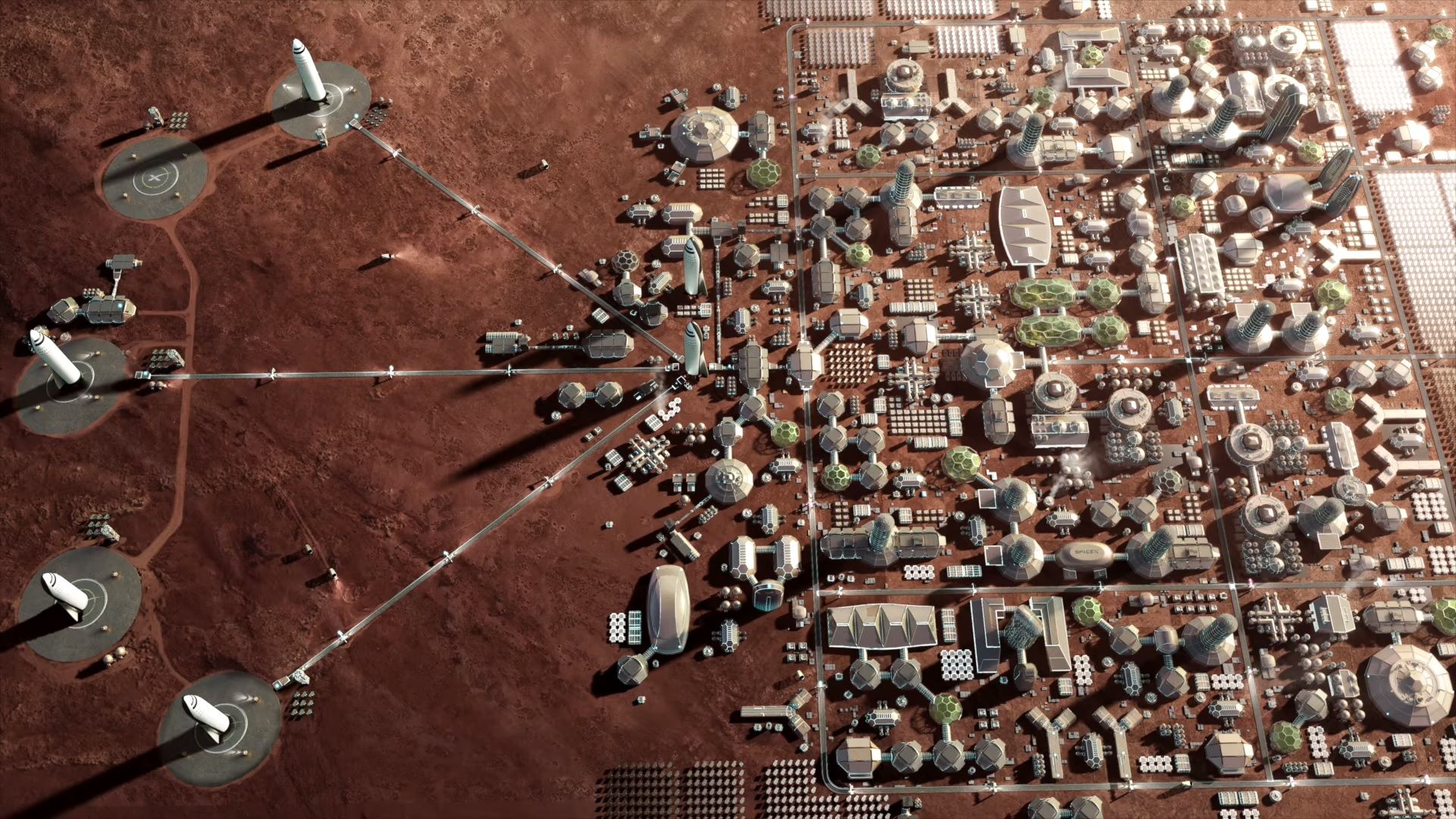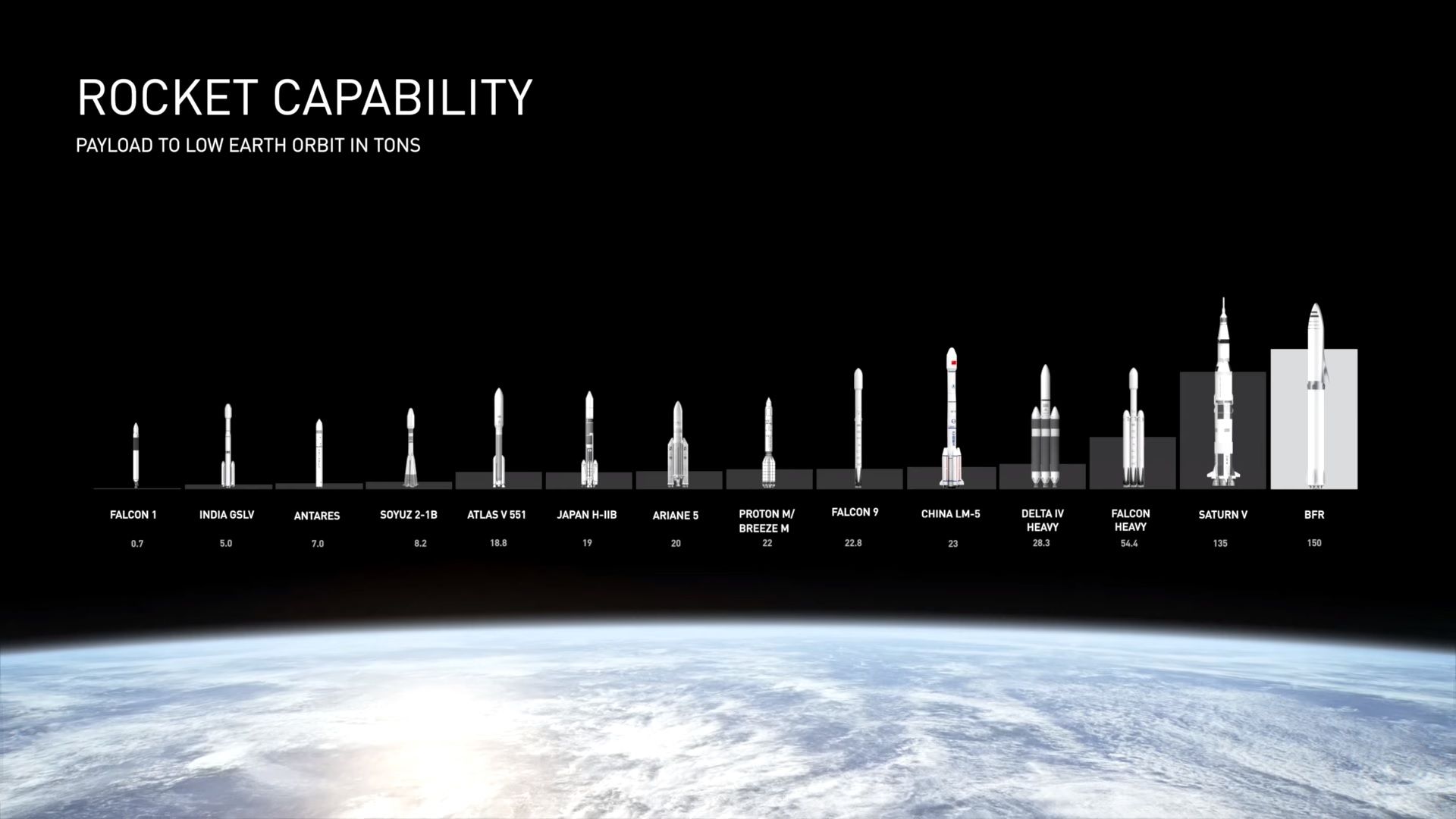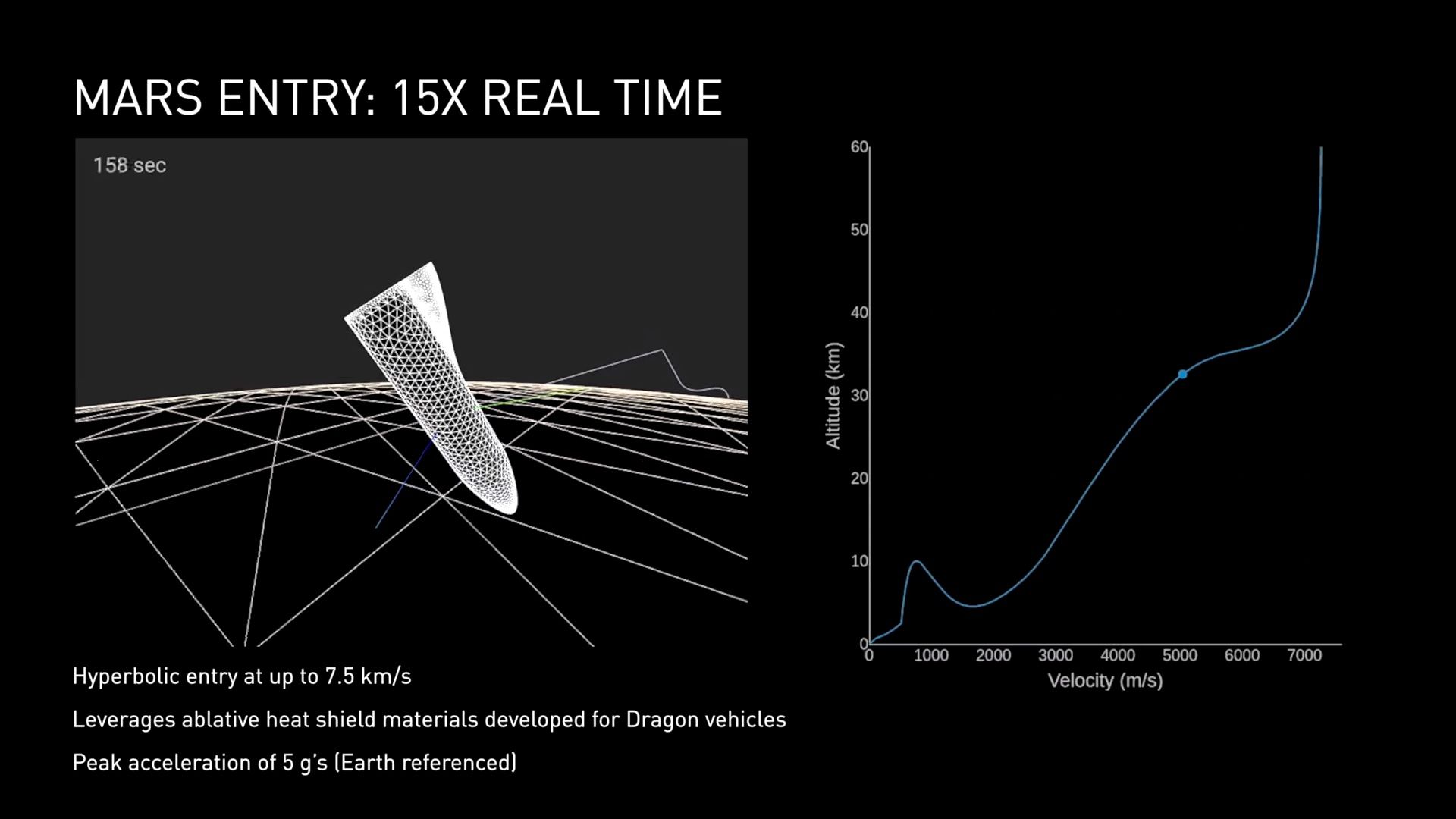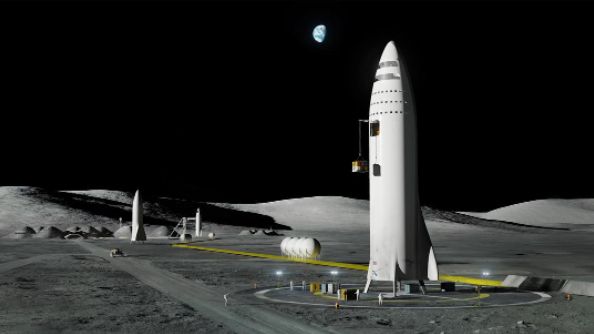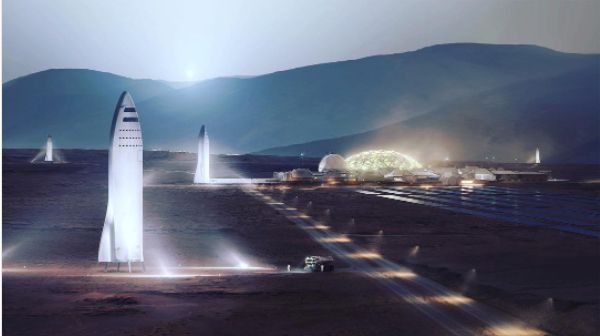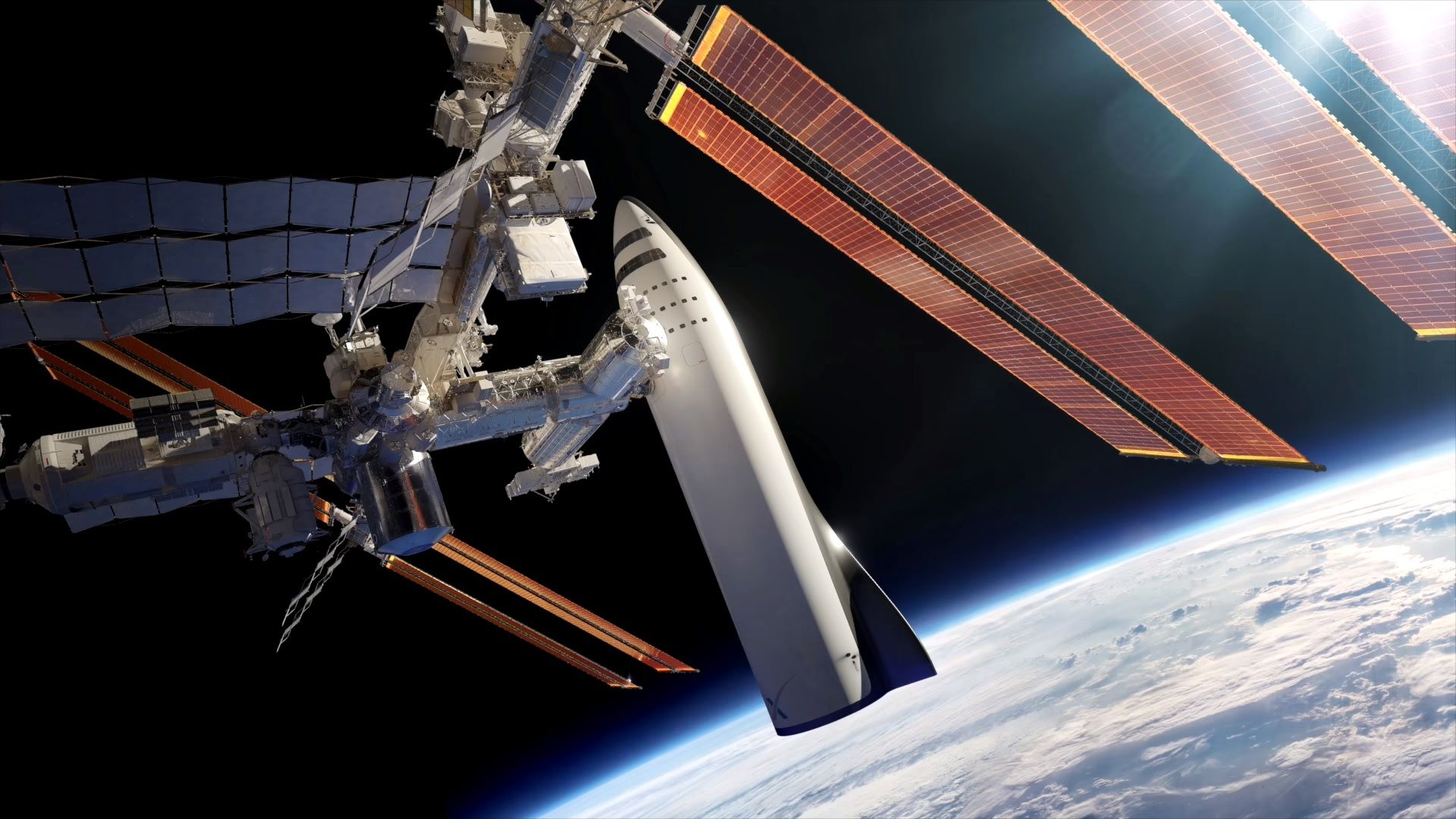IAC2017 took place just recently, and Elon Musk was there as he was the year before spreading the word of SpaceX and talking of eventual plans to turn the human species into a spacefaring civilization and travel the solar system. And, he couldn’t have picked a better venue to bring this whole plan to light yet again, as the International Astronautical Congress hosts some of the brightest minds in the world, Elon Musk being one of them, of course. This time around, he talked all about how he’s going to get the mission rolling, including the financing of his BFR (Big Fucking Rocket) Interplanetary Transport System.
To be clear about this, the BFR isn’t even in existence yet. It’s still a pipe dream in the back of his mind, or perhaps a set of sketches on the drawing board of some SpaceX workroom, but outside of that, it’s not a real thing…yet. Ideally, Musk plans to fund his BFR with revenue from launching satellites and ISS service missions into space. It seems like it may be quite difficult to generate enough income to build something that can transport us into the heavens, but he also announces that his ITS will also be scaled down compared to what he announced last year at the same congress. Instead of featuring 42 Raptor engines as its primary propulsion system, the ITS will only feature 31. How that will affect the payload predictions of 450 metric tons remains a mystery, but considering the fact that removing 11 engines would drop about 26 percent of power, one would assume that you would deduct 26 percent or 117 metric tons. That means it could send as much as 333 metric tons to Mars in one go. Outside of this, most other design elements have remained the same. The revised IST should feature the same design elements, orbital refueling system, and propulsion landing system.
While the ITS may not be quite as powerful and may not be able to haul quite so much to Mars, it’s not necessarily a bad thing as the ITS can now be used for a number of other functions. Keep reading to find out what those are, and why you clicked on a title talking about cannibalism…
Once the Money is There, the ITS can do it All
Right now, SpaceX’s Falcon 9 Fleet does pretty good. It’s responsible for launching satellites into space, right? And, they're even reusable. However, the ITS will be a fully reusable system, a huge benefit over the Falcon 9, which is only about 70-percent or so reusable. Once the ITS is put into play, it’ll be able to launch satellites, take cargo to the ISS, and make runs to and from the Moon to set up a new moonbase and colony on our life-maintaining brethren in the sky. In the end, it can be used to do all of the company’s space missions without making use of any parts or devices that need written off after a mission, aside from fuel, of course. This will make launching cargo and folks to the ISS or the Moon fairly cheap in comparison.
What About that Cannibalism?
The new ITS, should Musk actually manage to raise enough funds to build it, will render the Falcon 9, Falcon Heavy, and Dragon obsolete – that’s SpaceX’s entire fleet of vehicles that will be rendered worthless in what will be overnight in the grand scheme of things. And, to really add to the confusion, Musk told the Congress in his near-hour-long speech that SpaceX will begin to stockpile all of these vehicles prior to the debut of the BFR/ITS.
How the hell does that make sense? They are supposed to be obsolete…
Well, they will be obsolete, but that doesn’t mean that Musk and SpaceX can make good use of them. Sorry, Tesla fanboys, you’re not going to get a rocket- or hydrogen-powered Tesla Model S anytime soon (it would be cool if you could though, right?) Instead, these stockpiled and then-obsolete rockets and spacecraft will be cannibalized by the ITS and BFR. Told you it was coming ;)
“We can build a system that cannibalizes our own products, makes our own products redundant, then all the resources we use for Falcon Heavy and Dragon can be applied to one system,” Musk said at the conference.
So, with that in mind, Musk is quite literally planning to use all of the equipment that SpaceX has now, and anything else developed over the next couple of years to do missions and generate money. That money will then be used to design and built the BFR ITS. When the BFR ITS is ready to go, SpaceX will begin using all of the resources available from the Falcon and Dragon fleets to supply and create more BFRs. Moon missions and trips to the ISS will then become standard routine. But, if you’re looking to pay our smaller white friend a visit, or kick it with the guys on the ISS, but don’t want to trust such a new technology, Musk promises the Falcon rocket will be around for a while for those who wish to conquer the new frontier in proven flight equipment.
Will Musk Cave to the Unlimited and Untapped Monetary Gains?
Let’s not beat around the bush here. Establishing a new colony on the Moon, having a part in expanding the ISS or even building a new space station – one that can accommodate tourists and provide an actual home for humans in space – is a huge business. We’ve been to the Moon once (that most of us know of) and that was a long time ago. For all we know there could be staggering amounts of resources up there – after all, the moon was formed after a massive collision of another planet with Earth, throwing massive amounts of debris into orbit – who knows what could be lurking under the surface. The Moon could be made of gold or platinum or diamond, God willing. Of course, it’s doubtful there will be that big of a find, but the point is, we simply don’t know what is up there from our one, very limited mission. On top of that, the Moon will serve as a jump-off point for other missions in and out of our own solar system. It could be fashioned into a massive fuel depot, mining operation or anything else of that nature. Maybe the Moon really will end up looking like Swiss Cheese, huh?
Now, of course, Musk probably won’t go up to the Moon and drill… or maybe he will. What’s more important about this point is that it’s politically relevant and smart from a financial standpoint. See, launching satellites into orbit and touching the ISS from time to time can be pretty lucrative, but probably not enough to fund the R&D for something like Musk’s proposed BFR. Going to the Moon would mean that Musk doesn’t have to fly solo, whether he does it with Falcon 9 now or with BFR in the future. NASA has hinted at returning to the moon (thank you, VP Mike Pence) as have some of our current space advisors. Add in the fact that other national space agencies from Russia, China, and even the EU all want to get to the Moon as well. Split the cost of travel 4 ways, and you have yourself a very cheap trip to the moon.
Mars is Still on the Docket
All this talk of the moon and intraplanetary transportation might have you thinking that Musk might just say to hell with the red planet and stick to what he already knows and is doing. But, that couldn’t be further from the truth. In fact, he’s still excessively optimistic about our first Mars mission. He seems to believe that the first crews will embark on their missions to Mars as early as 2024 – that’s just 7 years from now – while the first Cargo ITS ships will launch ahead of them in 2022 to deliver the necessary goods. Musk hasn’t divulged how our first travelers will set up camp and survive once they are there, but it seems like there are a number of other companies that could pull their own weight. I fancy a system where those cargo ITS ships not only land to deliver cargo but carry their own AI machines to build and setup habitats for us, long before we arrive, primed with plenty of oxygen, water, and electricity to get us going once we’re there.
Be that as it may, we’re getting ahead of ourselves. With this overly ambitious timeline, Musk has just five years or so to build a brand-new rocket with new technology, fly it to another planet, and land it on the surface without fail. As I’m sure you’re aware, there’s 101 million things, plus five more, that can go wrong with just launching a vehicle into space, let alone long-distance, highspeed travel, and landing. We’re talking about landing some 20-50 ton of weight. The heaviest we’ve successfully landed in one piece weight somewhere around 1 ton, so we’re talking about a bit of a reach here, don’t you think?
Anyway, what do you guys think about all of this? Let us know in the comments section below.
References
Read more SpaceX news.
Read more Elon Musk news.

